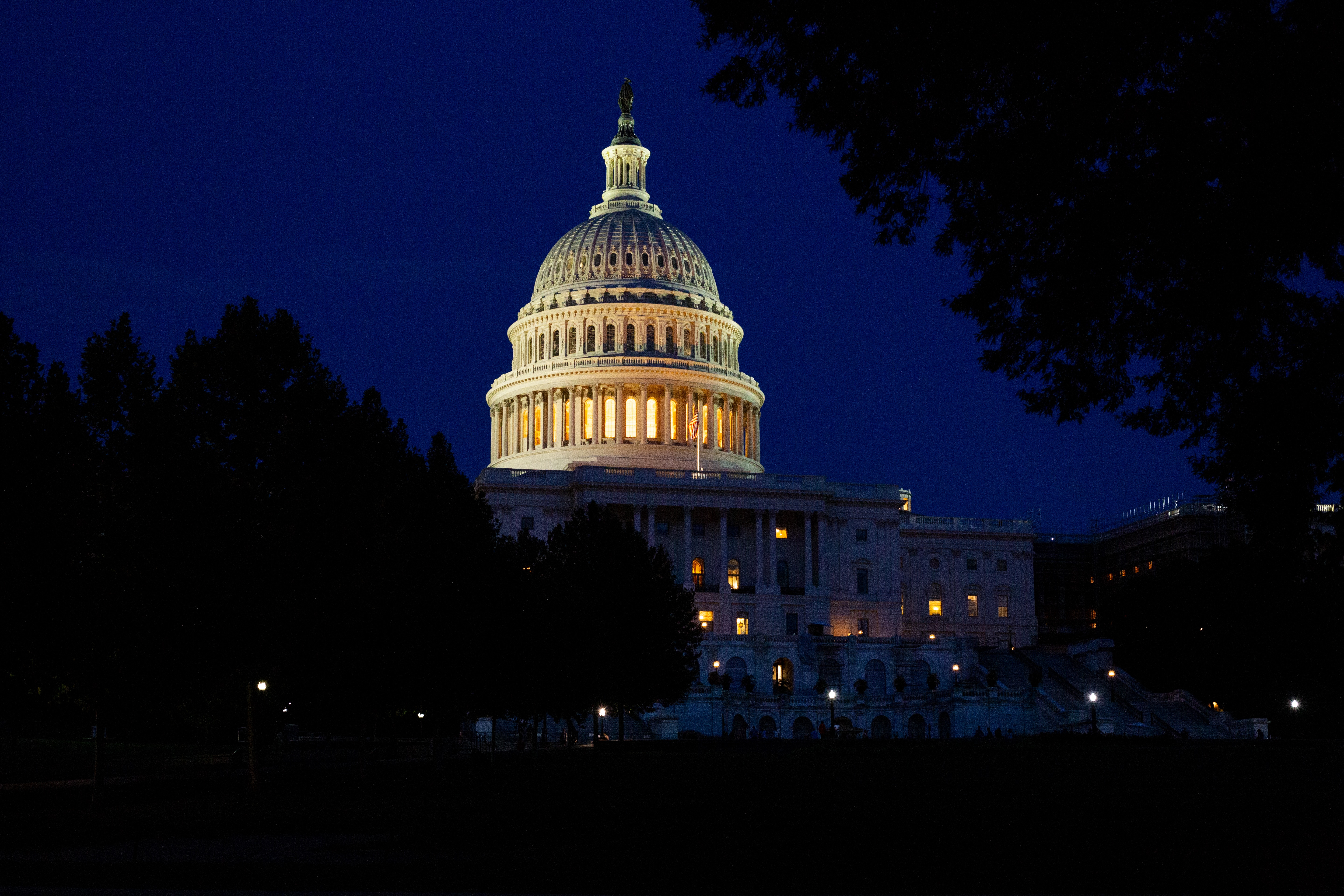Contributions of Islamic Astronomy
By Ivan G. Nassar
In 1609, Galileo Galilei, Italian Mathematician, Astronomer and Physicist, credited as the inventor of the first telescope turned his instrument to the night sky and made astounding discoveries that forever changed mankind’s understanding of the grand scale structure of the Universe. To commemorate this occasion the astronomical world has dedicated the year 2009 as The International Year of Astronomy. The International Astronomical Union (IAU) and United Nations Educational, Scientific and Cultural Organization (UNESCO) has initiated an effort to help the citizens of the world rediscover their place in the Universe. While the astronomical world is reflecting on its highlights and achievements, it is fitting that the contributions of early Islamic astronomers receive a measure of recognition for their pioneering work.
Early religious communities had little or no tolerance for findings that conflicted with the literal interpretation of church doctrines. Witness Nicolaus Copernicus, the Polish monk who proposed replacing the Ptolemaic theory which incorrectly assumed that the earth was the center of the universe and the planets revolved around it. Or consider Galileo Galilei who accepted the Copernican heliocentric design, and paid the price for his allege blasphemy of church doctrine. The inquisition in Rome forced Galileo to recant his theories and writing and he would spend the last eight years of his life under house arrest.
Centuries before Copernicus and Galileo, in 762 CE the Abbasid dynasty took over the khalifate of the vast Muslim empire and moved the capital to Baghdad. While Europe was in the grasp of dystopia, Baghdad was a flowing fountain of knowledge with an inexcusable consortium of scholars to quench the thirst for learning. Historian called this time: ‘The Golden Age of Islam’.
The most famous mathematician, Al-Khawarizmi, the “father†of algebra (named after his book “Kitab al-Jabrâ€). Was just one among a family of scholars residing at Baghdad’s great learning center: Bayt al-Hikmah (The House of Wisdom)
Baghdad was a thriving metropolis of museums, hospitals, libraries, and mosques. Muslim scholars translated old Greek texts. The House of Wisdom attracted strong intellectual interest, as scholars; from all over, the world came to study the works of Aristotle, Plato, Hippocrates, Euclid, and Pythagoras. Over the next five centuries, much of the knowledge in the Alexandrian tradition became the springboard to the discipline of Islamic astronomy, medicine, mathematics, chemistry, literature, and more.
One of the most important astronomers and mathematicians of this time was al-Battani (c. 858-929), whose full name was Abu Abdullah Muhammad ibn Jabir ibn Sinan al – Raqqi al – Harrani al – Sabi al – Battani. The works of Battan had a large influence on European Renaissance scientists such as Tycho Brahe, Kepler, Galileo and Copernicus. Al-Battani wrote books on astronomy and mathematics, he’s best known for his book Kitabal-Zij. This famous book included a star catalog, trigonometric tables, solar, lunar, and planetary tables. His observations exposed the errors in Ptolemy’s Almagest of the main parameters of planetary motion.
Abd-al-Rahman Al Sufi (December 7, 903 – May 25, 986 A.D.) a Persian astronomer and sometimes referred to as Azophi made several corrections to Ptolemy’s star list and he formulated his own brightness/magnitude estimates of stars which frequently departed from those in Ptolemy’s work. Al Sufi dedicated his book the constellations of The Fixed Stars. (Kitab suwar al-kawakib) to the Buwayhid ruler Fana Khusrau, titled Adud al-Dawla (made Emir of Iraq in 949 CE and died in 982 CE), who was a great patron of astronomy and had erected an observatory at Shiraz. Al Sufi was the first to assign Arabic nomenclature to stars and constellations, many of which have survived to this day and listed in modern scientific astronomical atlases. Al-Sufi, described and depicted in 964 AD an object, in the night sky known as the “little cloud.†This little cloud turned out to be The Andromeda Galaxy, frequently referred to as M 31 since it is the 31st object on Charles Messier list of diffuse sky objects, The celebrated French astronomer cataloged this object on August 3, 1764 obviously unaware of the Persian astronomer early reports, the French astronomer ascribed its discovery to Simon Marius.
The ancient Middle Eastern peoples undoubtedly had observed two fuzzy cloud-like objects easily visible in the southern hemisphere. However, the first record of it official observation was Al Sufi in 964; he called it Al Bakr, the White Ox.
European astronomers did not record this sighting til the expedition of Ferdinand Magellan. The 16th century Portuguese navigator and his crew had plenty of time to study the southern sky during the first circumnavigation of planet Earth. As a result, two fuzzy cloud-like objects are known as the Clouds of Magellan, now understood to be satellite galaxies of our much larger, spiral Milky Way galaxy.
The uniqueness of Islamic rule in Spain was tolerance of diversity. Muslims, Christians and Jews lived and worked together in an ambience of peaceful coexistence. There are substantial reports of influential Women competing professionally in the business world under Moorish rule. The Moors were a highly civilized people devoted to the pursuit of fairness and the transmission of knowledge.
The Moors produced astronomical tables with the 0-degree longitude reference in the Moorish capital of Cordoba, some 700 years before Great Britain convinced the world to establish the 0-degree reference at the Royal Observatory in Greenwich London to coordinate world time to the Greenwich Mean Time standard, also known as Greenwich meridian time (GMT).
Queen Isabella of Castile and King, Ferdinand 11 of Aragon achieved the conquest of Spain by, expelling the last ruler of the Moor’s from its Granada stronghold in 1492. The Catholic Monarchs set out to restore royal authority in Spain. This was a particularly bad time for non-Catholics as Isabella and Ferdinand began a reign of terror, for those who did not renounce their own religion and became a Catholic. The Monarch issued the following orders to the Jewish population: By July 1,1492 all people of the Jewish faith had to covert to the Catholic religion or leave Spain.
Isabella and Ferdinand are most famous for authorizing the first expedition of Christopher Columbus voyage to the Americas and bestowing upon him the name “Admiral of the Ocean Sea†. This incongruous event of Columbus voyage to the new world was finance at the price of religion freedom.
“If there is much misunderstanding in the West about the nature of Islam, there is also much ignorance about the debt our own culture and civilization owe to the Islamic world. It is a failure, which stems, I think, from the straight-jacket of history, which we have inherited. The medieval Islamic world, from central Asia to the shores of the Atlantic, was a world where scholars and men of learning flourished. But because we have tended to see Islam as the enemy of the West, as an alien culture, society, and system of belief, we have tended to ignore or erase its great relevance to our own history.†Prince Charles, lecture at Oxford University.
11-24













2009
5,190 views
views
0
comments